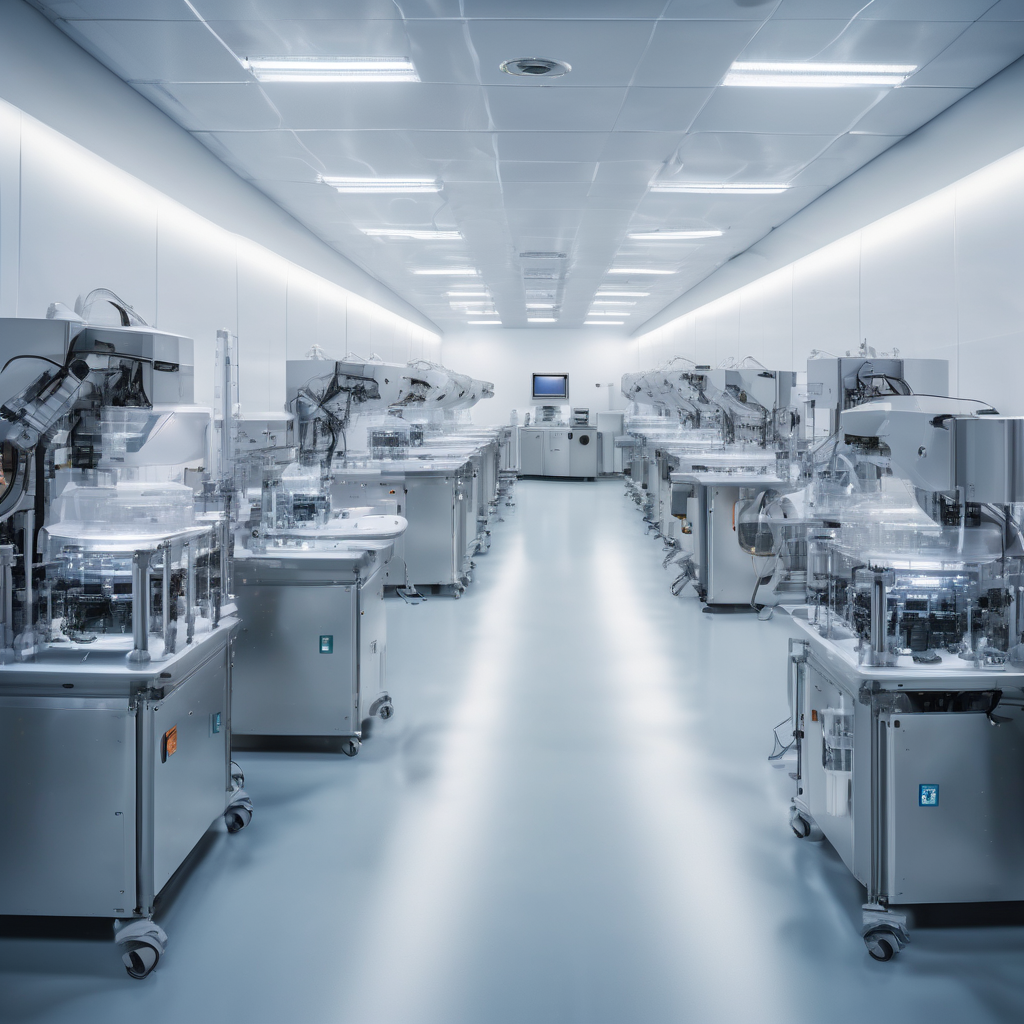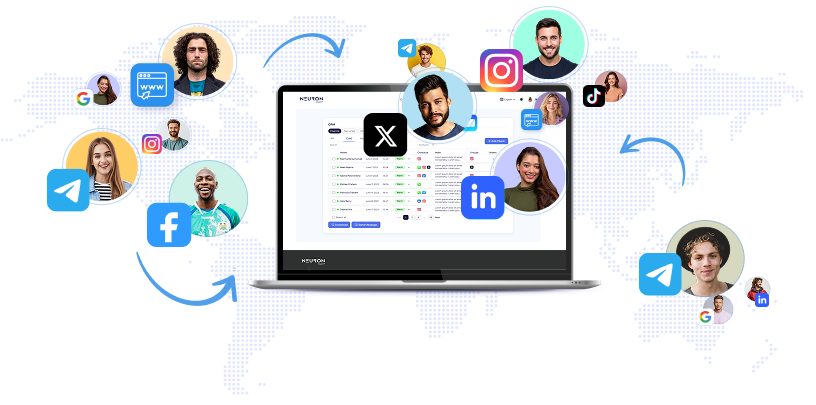
Twenty20 Across industries from technology to airlines, major global firms have been cutting staff amid the tangible impacts of artificial intelligence (AI), causing anxiety among employees. However, critics argue that AI is often used as a convenient excuse for workforce reductions. Recently, Accenture revealed a restructuring plan requiring employees to quickly reskill in AI or face exit. Shortly after, Lufthansa announced plans to cut 4, 000 jobs by 2030, leveraging AI for efficiency gains. In September, Salesforce eliminated 4, 000 customer support positions, citing AI's ability to handle half the workload. Fintech company Klarna cut its workforce by 40% while aggressively integrating AI tools. Meanwhile, Duolingo plans to phase out contractors gradually, replacing them with AI-driven solutions. Despite these grim headlines, Fabian Stephany, assistant professor of AI and work at the Oxford Internet Institute, warns the reasons behind layoffs may be more complex. While AI once carried stigma, companies now appear to "scapegoat" AI to justify difficult decisions like downsizing. Stephany expresses skepticism that current layoffs stem purely from efficiency gains, suggesting companies use AI as a convenient excuse while masking other factors. By portraying themselves as AI innovators, firms maintain a competitive image while potentially concealing underlying issues such as overhiring during the COVID-19 pandemic. Both Duolingo and Klarna, for example, expanded their workforce significantly during that period, possibly inflating current reductions. Stephany describes recent layoffs as a "market clearance, " dismissing them as corrections for past miscalculations now attributed to AI. This trend has sparked online debate. Jean-Christophe Bouglé, co-founder of Authentic. ly, highlighted in a popular LinkedIn post that AI adoption in large corporations progresses "much slower" than claimed, with some projects being scaled back due to cost or security concerns. He views widespread AI-related layoff explanations as excuses amid broader economic slowdowns that contrast with strong stock market performances. Careers expert Jasmine Escalera notes this opacity heightens employee fears about AI replacing jobs, emphasizing that companies’ lack of transparency aggravates anxiety. She urges large corporations to act responsibly and avoid setting precedents for misleading behavior.
Salesforce clarified to CNBC that its AI agent, Agentforce, reduced customer support cases, eliminating the need to backfill certain roles, while successfully redeploying hundreds of employees into other departments. Klarna’s CEO Sebastian Siemiatkowski explained on X that workforce cuts—from 5, 500 to 3, 000 in two years—are partly due to AI but also reflect restructuring of analytics and customer success teams, with many departures occurring via natural attrition. Lufthansa and Accenture declined to comment on AI-related restructuring specifics. Duolingo did not respond to inquiries. Evidence suggests mass AI-induced layoffs have yet to materialize. A Yale University policy center’s recent report examined U. S. labor market data from November 2022 through July 2025 using a "dissimilarity index" to compare occupational shifts since AI’s rise to prior technological changes like computers and the internet. The study found no widespread job losses attributable to AI automation. Similarly, research by New York Federal Reserve economists from September revealed increased AI use in service and manufacturing firms in the New York–Northern New Jersey region—from 25% to 40% in services and 16% to 26% in manufacturing—but minimal layoffs linked to AI. Only 1% of service firms cited AI as a reason for layoffs in the past six months, dropping from 10% in early 2024. However, 12% reported hiring fewer workers due to AI, while 35% have employed AI to retrain staff and 11% have increased hiring. Stephany’s research aligns, showing no evidence of large-scale technological unemployment caused by AI. He differentiates "structural unemployment, " where job availability doesn't meet demand, from AI-specific job losses, stressing mass displacement is unlikely. He also places AI fears in historical context, noting concerns about technology displacing workers date back centuries, including Roman times when machines were temporarily banned. Historically, technological advances have boosted productivity and created entirely new job types—evident in roles like social media influencers and app developers that didn’t exist two decades ago. In summary, while AI adoption influences workforce changes, current layoffs are often driven by broader factors such as prior overexpansion and economic conditions rather than AI alone. The narrative that AI is the primary cause may serve as a convenient justification rather than a direct consequence of automation. Read more about companies conducting AI layoffs below:
AI Impact on Workforce: Myth vs Reality of Mass Layoffs in Global Firms


NEW YORK, Oct.

Former Apple CEO John Sculley considers OpenAI as Apple’s first significant competitor in many years, highlighting that AI has not been a particular strength for Apple.

Meta, a leading technology company renowned for its innovations in artificial intelligence and digital marketing, has launched a groundbreaking real-time AI marketing suite aimed at significantly improving the accuracy of consumer targeting.

In October 2025, the National Republican Senatorial Committee (NRSC) released a highly controversial AI-generated video showing Senator Chuck Schumer seemingly celebrating a government shutdown.

A necessary component of this site failed to load.

In today’s fast-changing digital environment, marketers are increasingly leveraging artificial intelligence to transform consumer engagement.

Artificial intelligence (AI) is fundamentally reshaping content creation, introducing new possibilities and efficiencies beyond traditional methods.
Automate Marketing, Sales, SMM & SEO

and get clients on autopilot — from social media and search engines. No ads needed
and get clients today